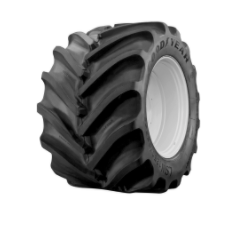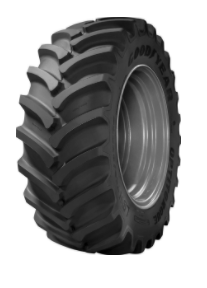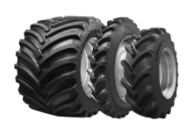Gaining Traction Home | TIRE SELECTION
Estimated Reading Time: 4 Min
SUPER SINGLES VS. DUALS: WHICH IS RIGHT FOR YOU?
We’re seeing a shift from the old mindset that standard dual tires work well in every application — that’s simply not the case. If you’re not running the tractor between the rows post-emergence, there’s really no reason to be running duals. In fact, doing so causes unnecessary pinch row soil compaction. Compare that experience with running super single tires — not only will you experience less field disturbance, but you’ll have better ride quality and be able to work in wet field conditions that would otherwise be inaccessible.
WHY DUALS DON’T ALWAYS WORK
Tractors are heavier and more powerful than ever before, and as a result, issues associated with soil compaction are becoming increasingly common. It’s all about the tire footprint. In spite of increased popularity of IF and VF technology, the fact of the matter is you’re still running in the rows at relatively the same inflation pressures as conventional tires with little effect on footprint size. Think about it this way: If you walk out into the field on ice skates, you’ll sink right into the mud — but with boots, you’re good to go. While there aren’t a lot of farmers walking their fields in ice skates, there are a lot of operations running narrow duals when they don’t need to be.
By spreading the total weight of the tractor over a 20% larger area at a lower inflation pressure, you can expect a 20% improvement in tire flotation and less ground pressure.
In fact, studies have revealed that more than 60% of American growers do not have a need to frequently run between the rows post-emergence and an estimated 75% of MFWD tractors still come from the factory with narrow duals. This means a large percentage of growers are unneccesarily running duals.
HOW DOES THE COMMON DUAL TIRE SETUP IMPACT FLOTATION?
The conventional dual tire setup on MFWD tractors in this example results in a total contact area of 2,368 square inches — the front running at 15 psi and the rear running at 9 psi. Switching to LSW Super Singles increases the contact area by nearly 20% to 2,716 square inches — and reduces soil-bearing pressure — with the front running at 12 psi and the rear at 15 psi. (Results with Goodyear LSW1100/45R46 on the rear and the Goodyear LSW1000/45R32 on the front.) By spreading the total weight of the tractor over a 20% larger area at a lower inflation pressure, you could expect a 20% improvement in tire flotation and less ground pressure, which equates to less soil compaction and a much more comfortable ride.
In a field study with Goodyear LSW Super Single tires, Titan found that a test plot yielded five more bushels per acre compared to an identical tractor outfitted with duals — which could equate to more than $41,000 in annual profit (calculated at 5 bushels per acre x $5.54 per bushel of corn x 1,500 acres – April 2021). (Study conducted in 2016, in a cooperative effort with Titan, Missouri farmer and Titan customer Mark Stallings.)
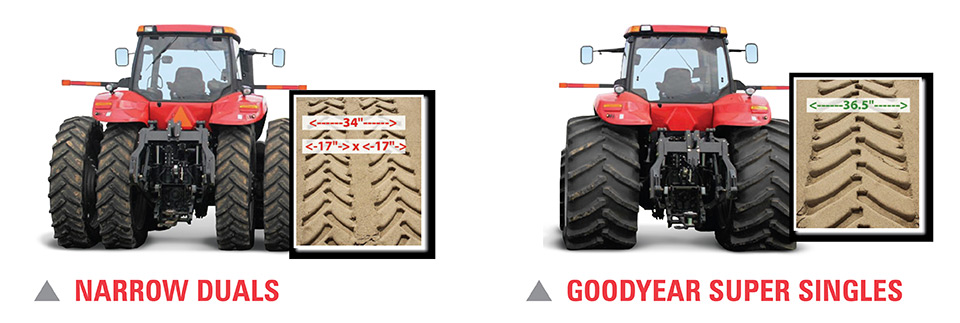
If you run a self-propelled sprayer or have a co-op taking care of your side-dressing, your tractor likely doesn’t see any time in the field post-emergence. In that case, running LSW Super Single tires year round is a no-brainer. Many farmers are realizing it doesn't take a 300hp tractor to side-dress. Farmers can use smaller tractors with less cost per hour to run. Even if you have to swap the tires out for duals to do a few things in the summer, you’ll get three times the use out of the super single tires throughout the season, creating less soil compaction with every trip through the field. Plus, the ride quality will be smoother and more stable.
THE LSW® ADVANTAGE
In addition to spreading far less pressure over a much wider footprint (and thus causing less soil compaction), the added stability of Low Sidewall (LSW) Technology provides many other benefits. Thanks to the larger wheel diameter and smaller sidewall, tires with LSW technology decrease the likelihood for sidewall recoil, which reduces power hop and road lope.
If you’re interested in running LSW Super Singles on your MFWD tractor, you have a couple of options:
-
On new equipment, an increasing list of OEMs are now offering Goodyear LSW Super Singles straight from the factory, including John Deere 8000-series tractors, Case Magnum series tractors and New Holland T8 series tractors.
-
If your preferred OEM doesn’t offer it from the factory, or if you’re looking for an aftermarket conversion, talk to your local Titan/Goodyear farm tire dealer about an upgrade.
Find a dealer to upgrade today.
Featured Stories
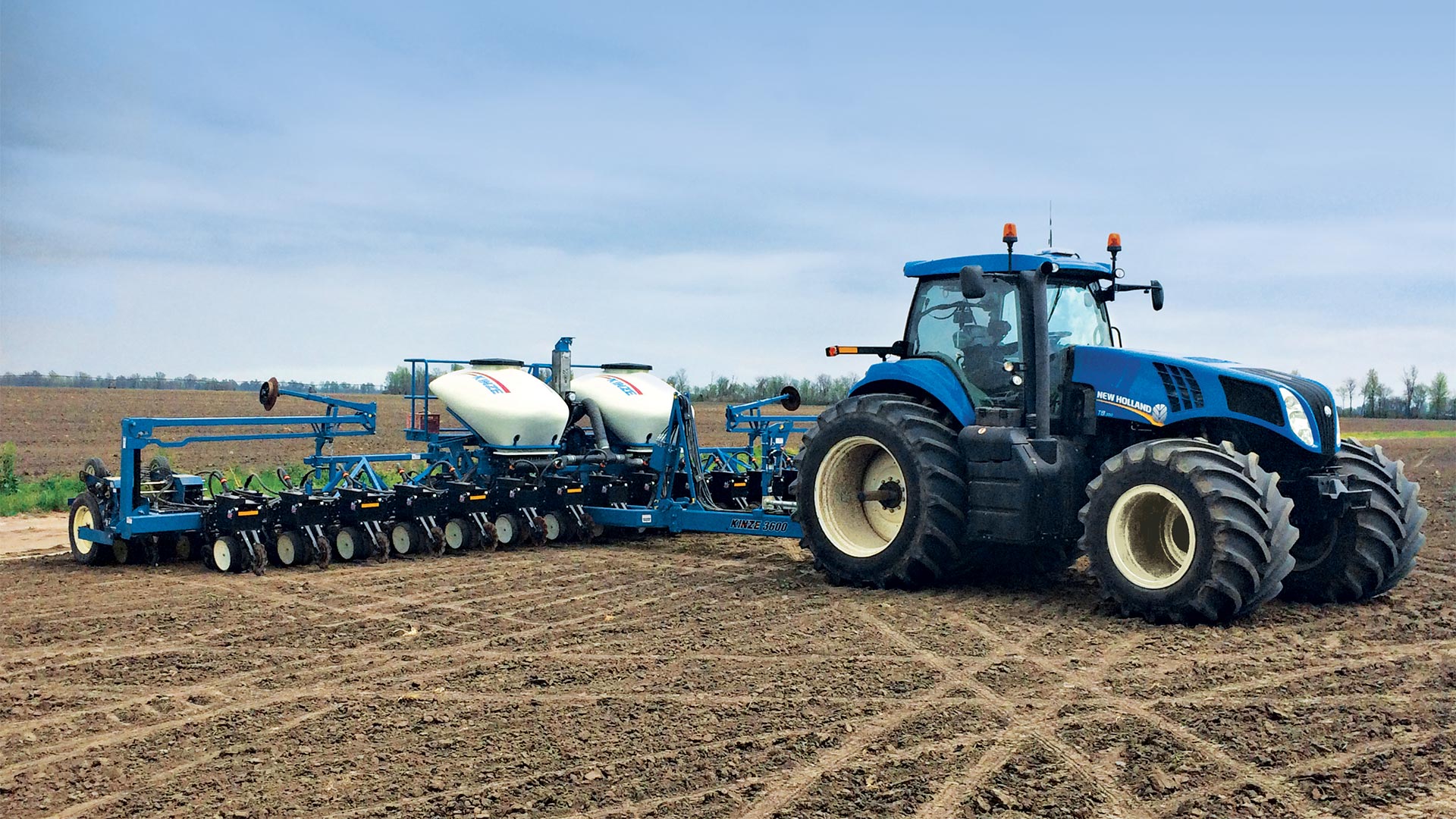
SUPER SINGLES VS. DUALS: WHICH IS RIGHT FOR YOU?
Reduce soil compaction during the growing season by opting for LSW Super Single tires over duals.
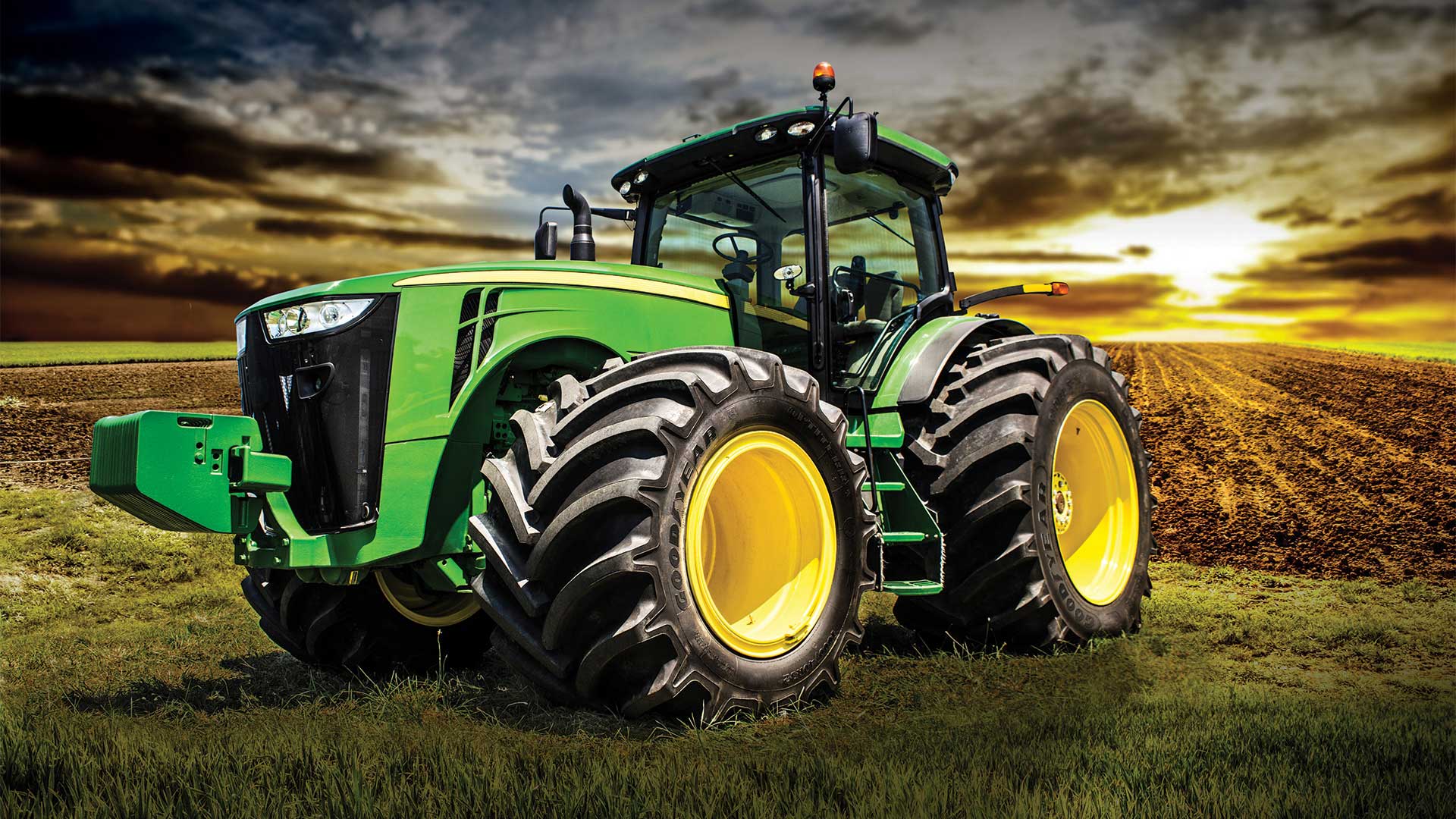
HOW TO REDUCE PINCH ROW SOIL COMPACTION
If you’re looking to increase crop yield by reducing pinch row compaction, it’s time to rethink your tire size and tire type to make it happen.
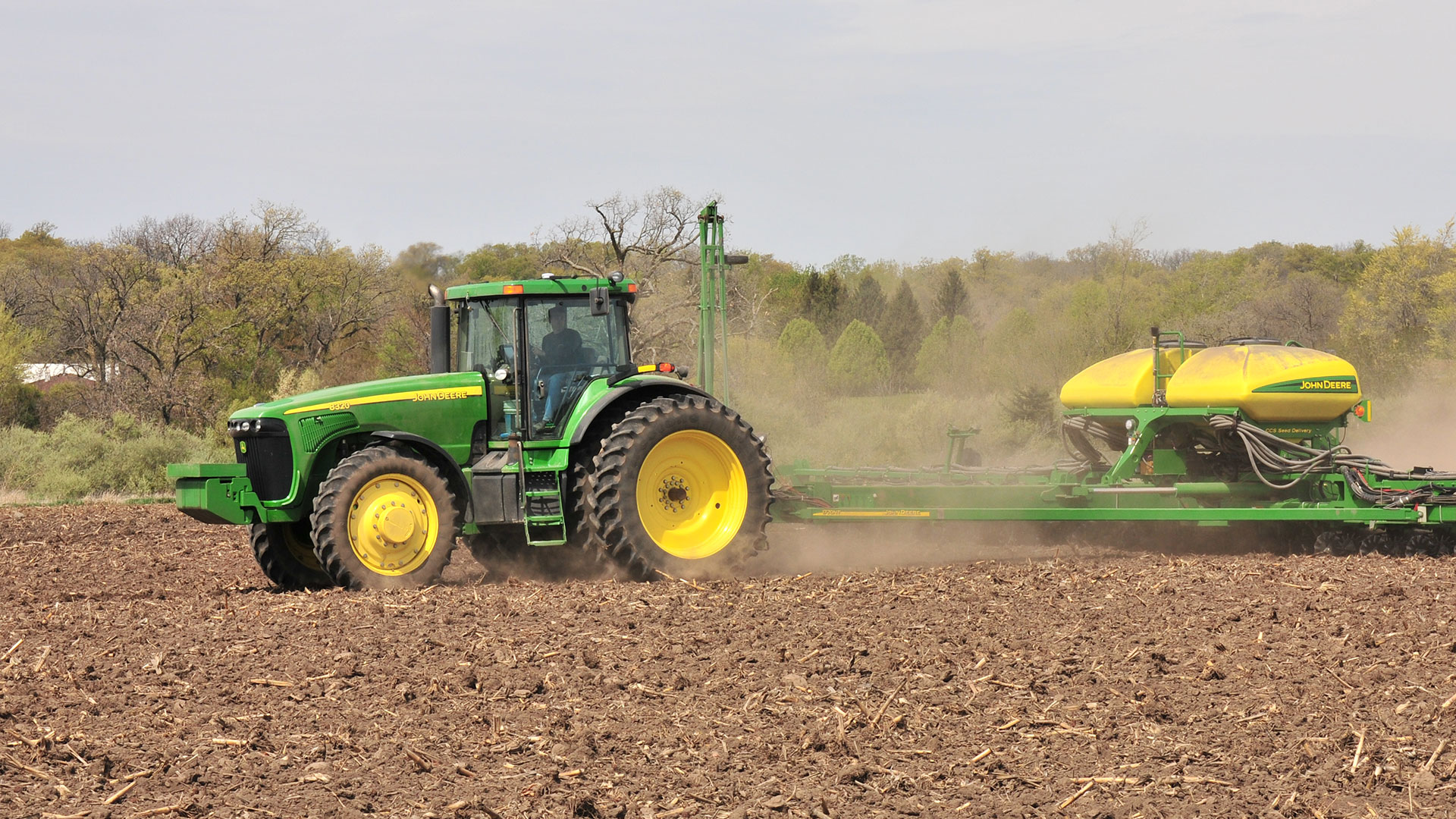
HOW TO REDUCE ROAD LOPE AND POWER HOP
Understand what causes road lope and power hop so you can diagnose the problem and correct it.
